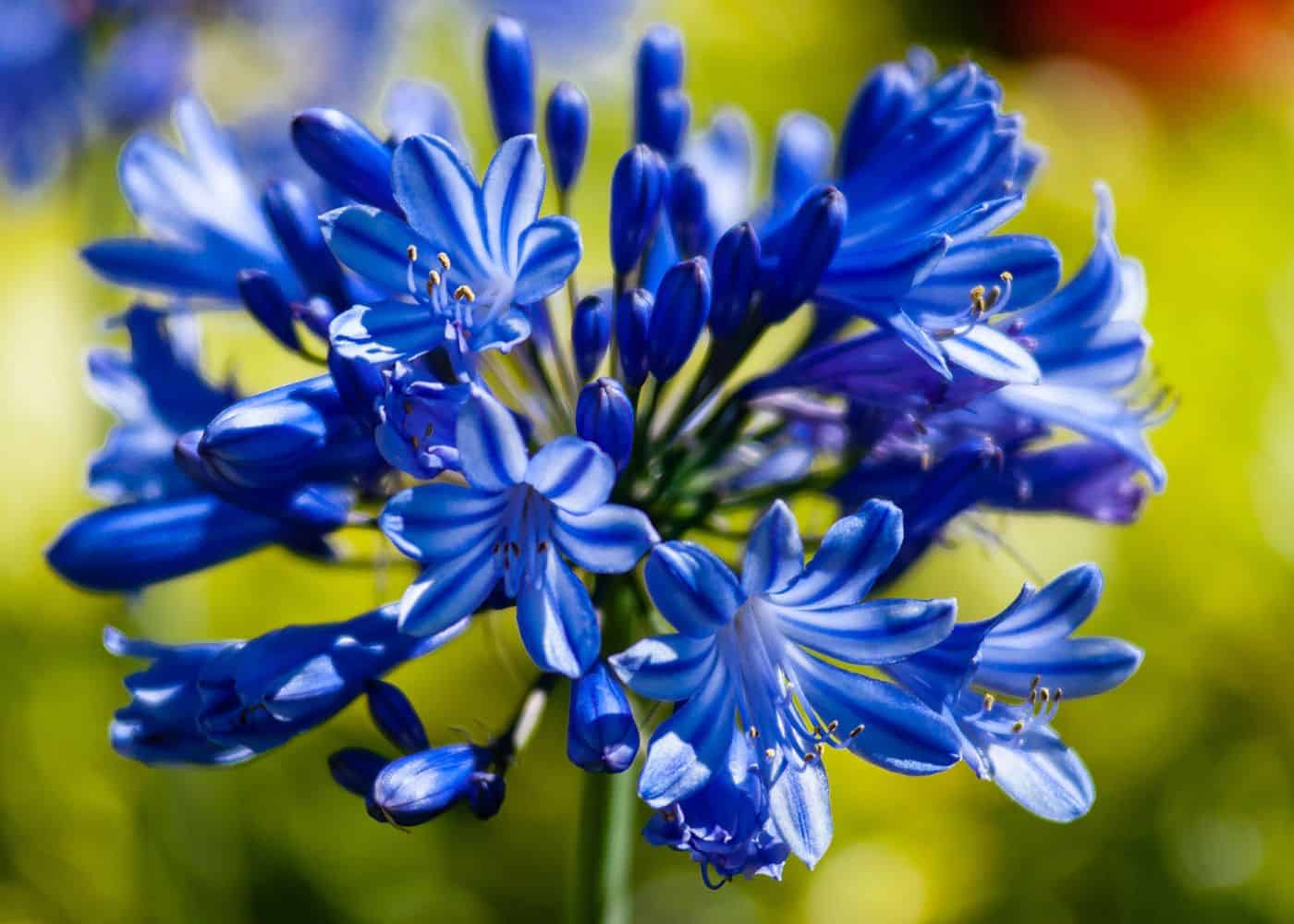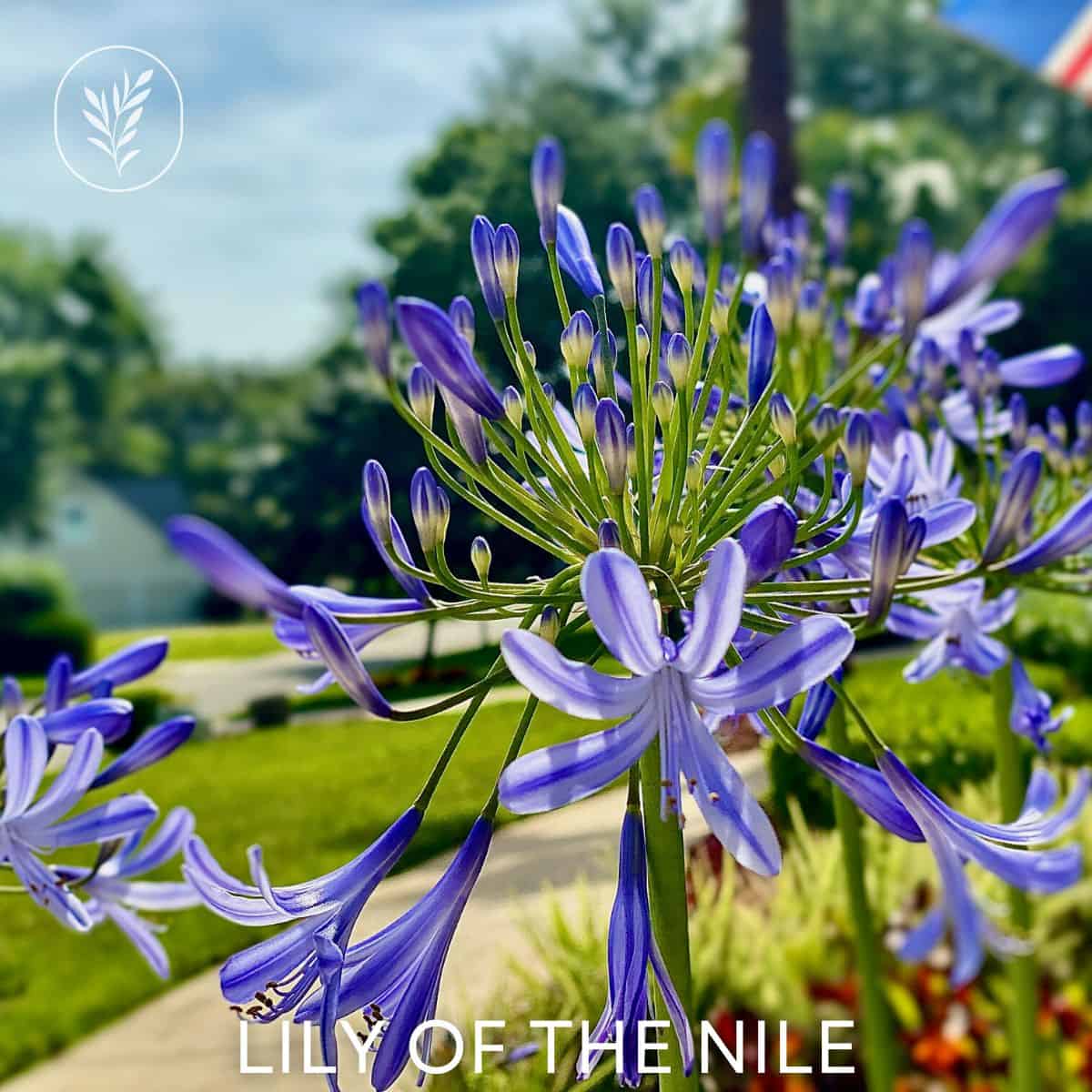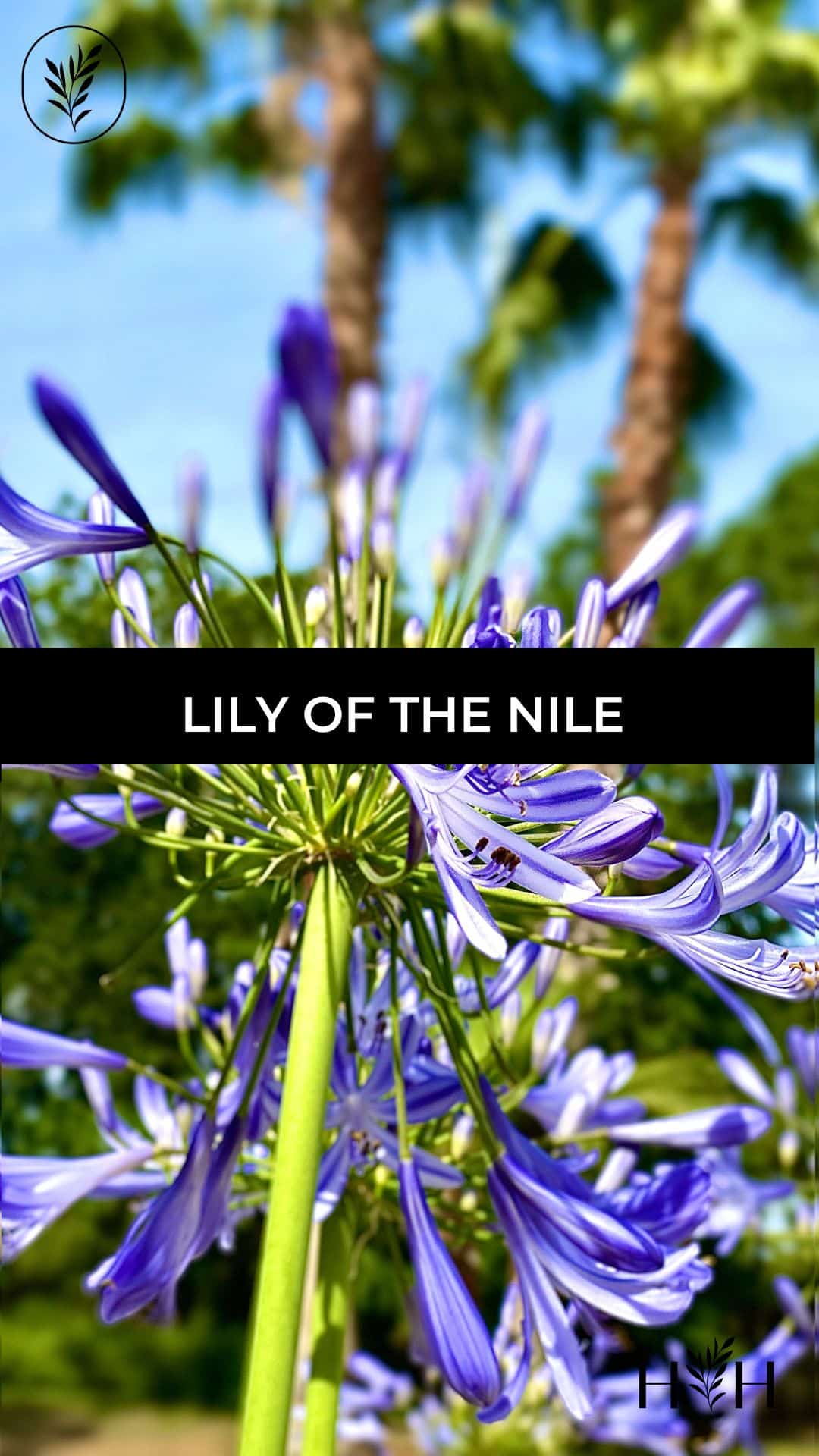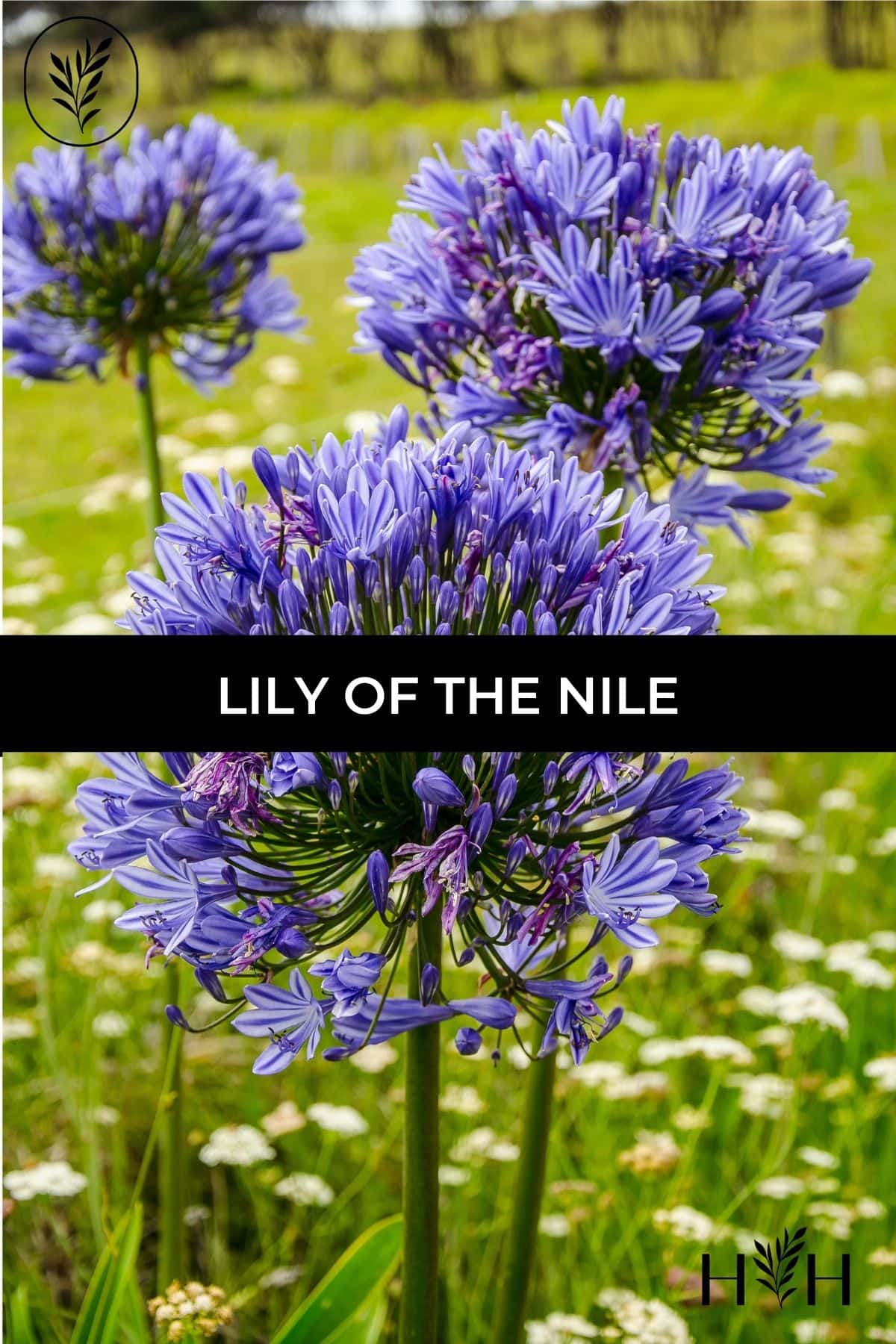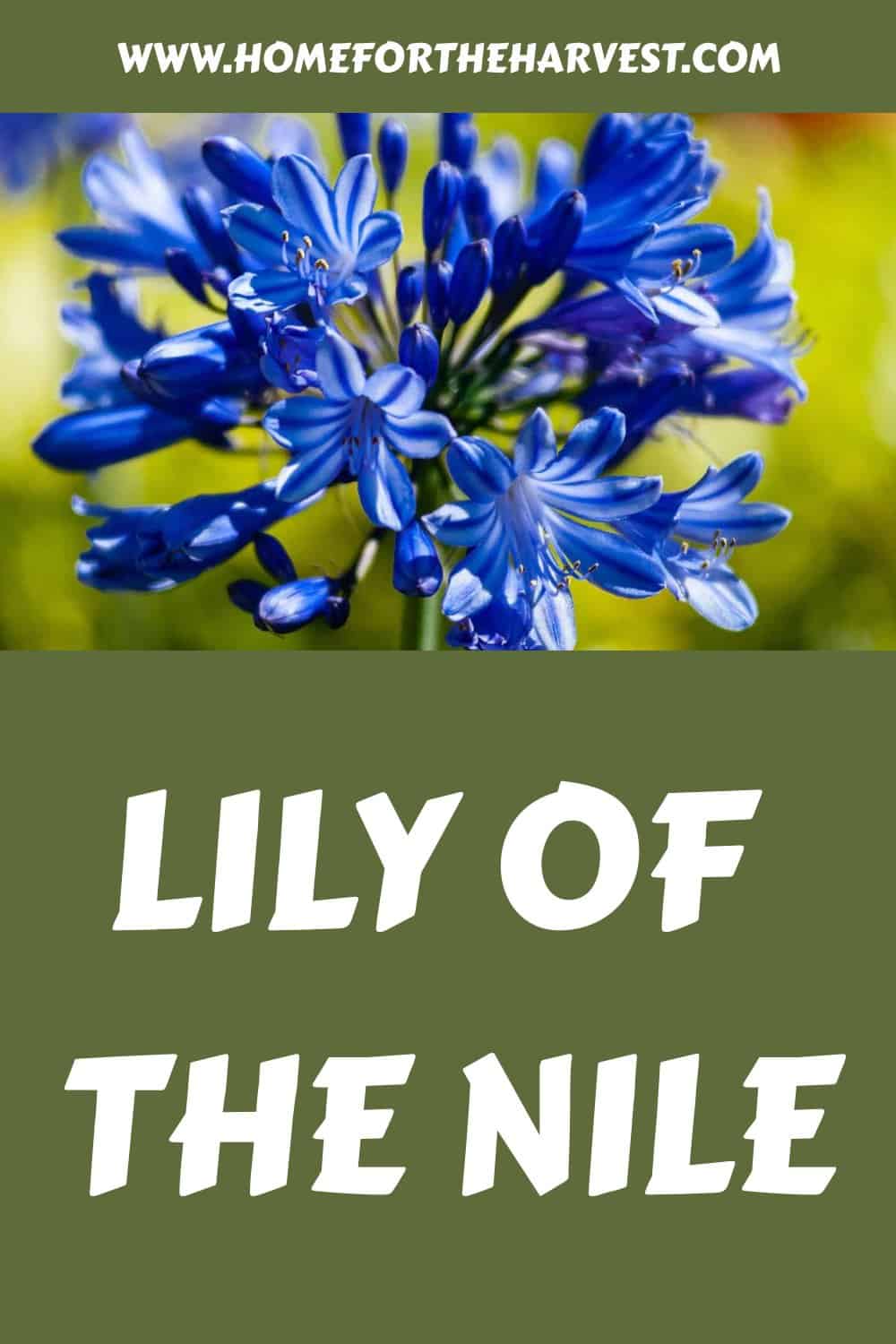If you’re looking for an easy way to add a pop of color and texture to your garden, then look no further than the lily of the Nile. Not only is it incredibly beautiful with its tall spikes of purple flowers, but it’s also low maintenance and perfect for North American climates.
Lily of the Nile (Agapanthus praecox) is a flowering herbaceous perennial plant native to South Africa. The plant has an allium-like appearance, with clusters of violet-blue flowers arranged in an umbel on top of a slender stem. Agapanthus is a relatively easy plant to grow in temperate, Mediterranean-like climates.
Introduction to the lily of the Nile
The Lily of the Nile (Agapanthus praecox) is a striking perennial known for its beautiful, globe-like flower clusters. Originating from South Africa, this plant thrives in warmer climates and is often used in ornamental gardens. With its long, slender leaves and tall stems topped by blue, white, or purple blooms, the Lily of the Nile makes a dramatic statement in any landscape. It’s particularly beloved for its ability to add a splash of color and elegance to borders, beds, and containers.
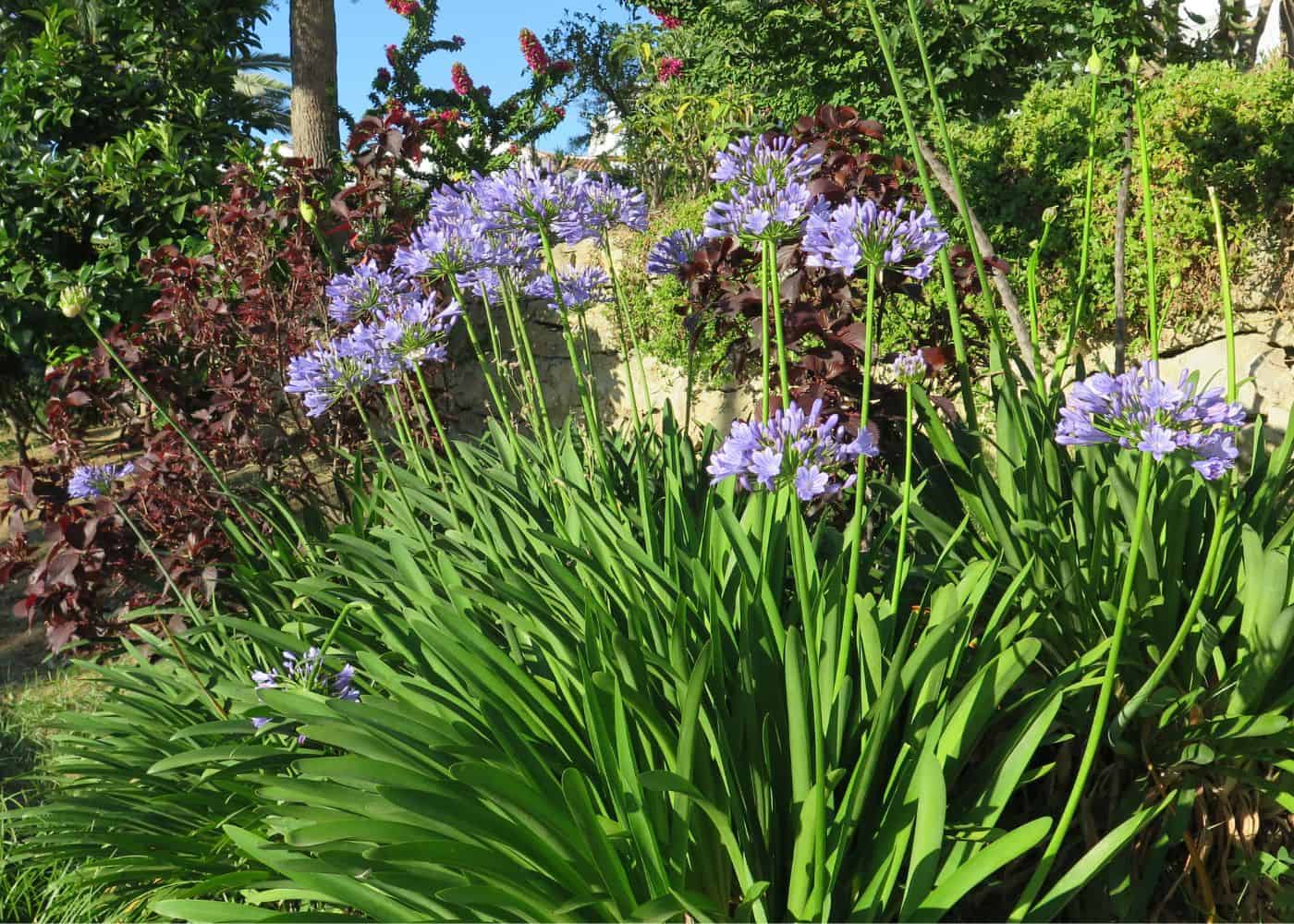
This beautiful perennial flower blooms in shades of blue, purple, pink, or white and can be planted in both sunny and partially shaded areas. It should be planted during springtime (if possible) when temperatures are mild. The lily of the Nile is not as hardy in the garden as with growing true lilies.
Plant your lilies in well-draining soil that has been amended with compost or other organic matter. They prefer full sun but will tolerate partial shade as long as they get at least four hours of direct sunlight each day. Water regularly until established, then water only during periods of drought or extended dry spells.
There are many varieties available, including Agapanthus ‘Midnight Star,’ which features deep blue flowers; Agapanthus ‘Snowball,’ which has pure white blooms; Agapanthus ‘Tiny Tots’ with miniature lavender blossoms; and Agapanthus ‘Lemon Surprise,’ a yellow variety with fragrant blooms.
Plant care for agapanthus
When it comes to caring for lily of the Nile, there are a few key things to keep in mind. Watering is important; lilies need plenty of water but don’t like soggy soil. Make sure you give them enough water so that the soil is moist but not soaked. Fertilizing should be done once or twice a year with an all-purpose fertilizer, and mulching can help retain moisture and reduce weeds.
Sunlight requirements vary depending on variety, but most prefer full sun or partial shade. Full sun is more important in cooler zones, while some afternoon shade can be helpful in hot climates. If your plant isn’t getting enough light, it may become leggy and produce fewer flowers than normal. To ensure optimal growth and flowering, make sure your lily of the Nile gets at least 6 hours of direct sunlight each day during its growing season (spring through fall).
It’s also important to note that some varieties are more cold-hardy than others – if you live in an area with colder winters, choose one that will survive temperatures below freezing without damage. Varieties such as ‘Blue Star’ are known for their ability to withstand cold temperatures better than other types of lilies of the Nile plants.
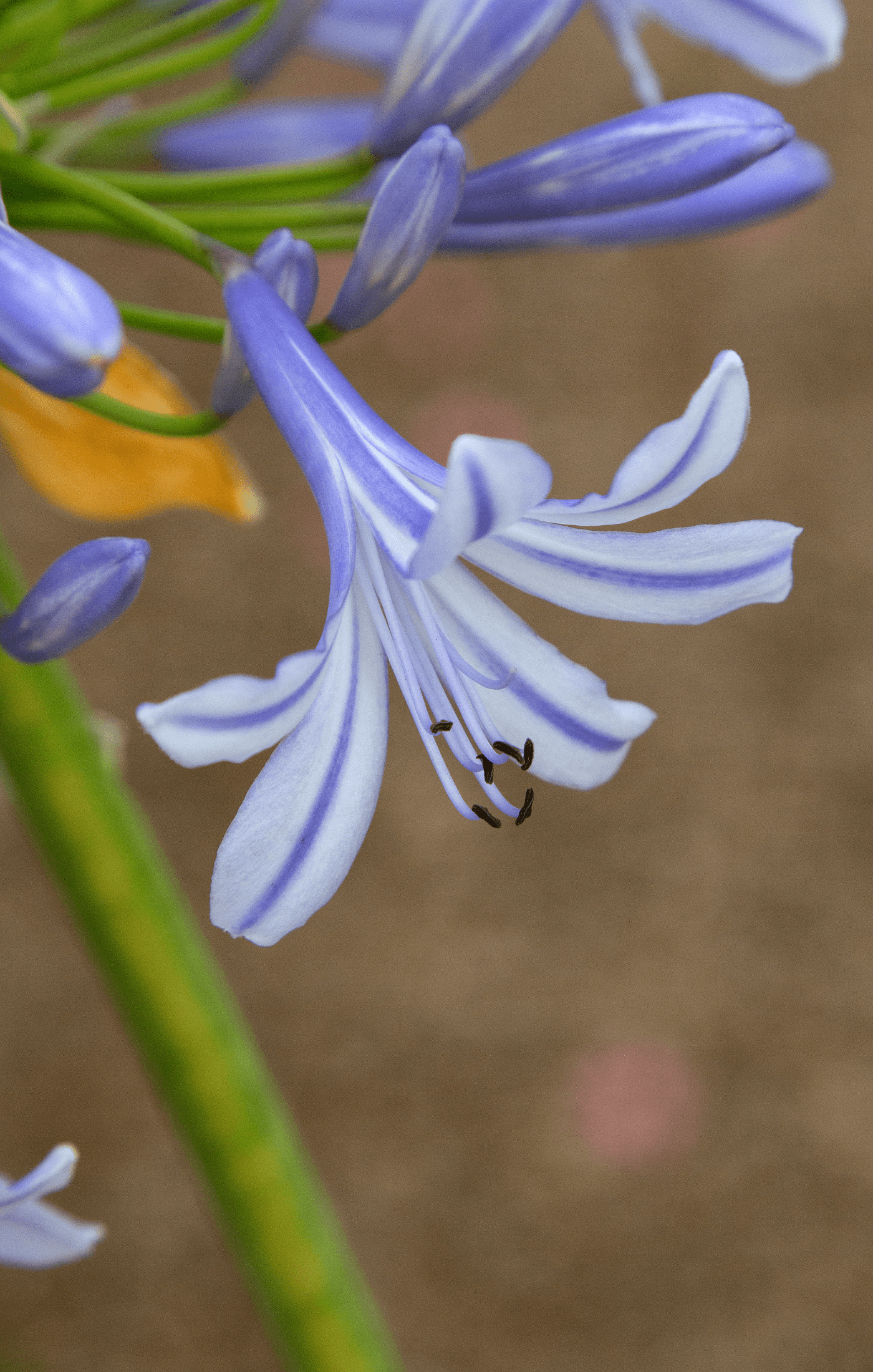
Design ideas include planting them in containers or along pathways where they can get plenty of sun while providing a beautiful accent piece for any garden design scheme. They look great when planted alongside other perennials, such as coneflowers or ornamental grasses too. Try mixing them with other types of lilies, like the similarly-shaped red spider lily.
Finally, troubleshooting common issues such as pests (aphids) or diseases (rust) is essential when keeping your lily healthy over time. Inspect regularly and take action if needed by using organic solutions whenever possible.
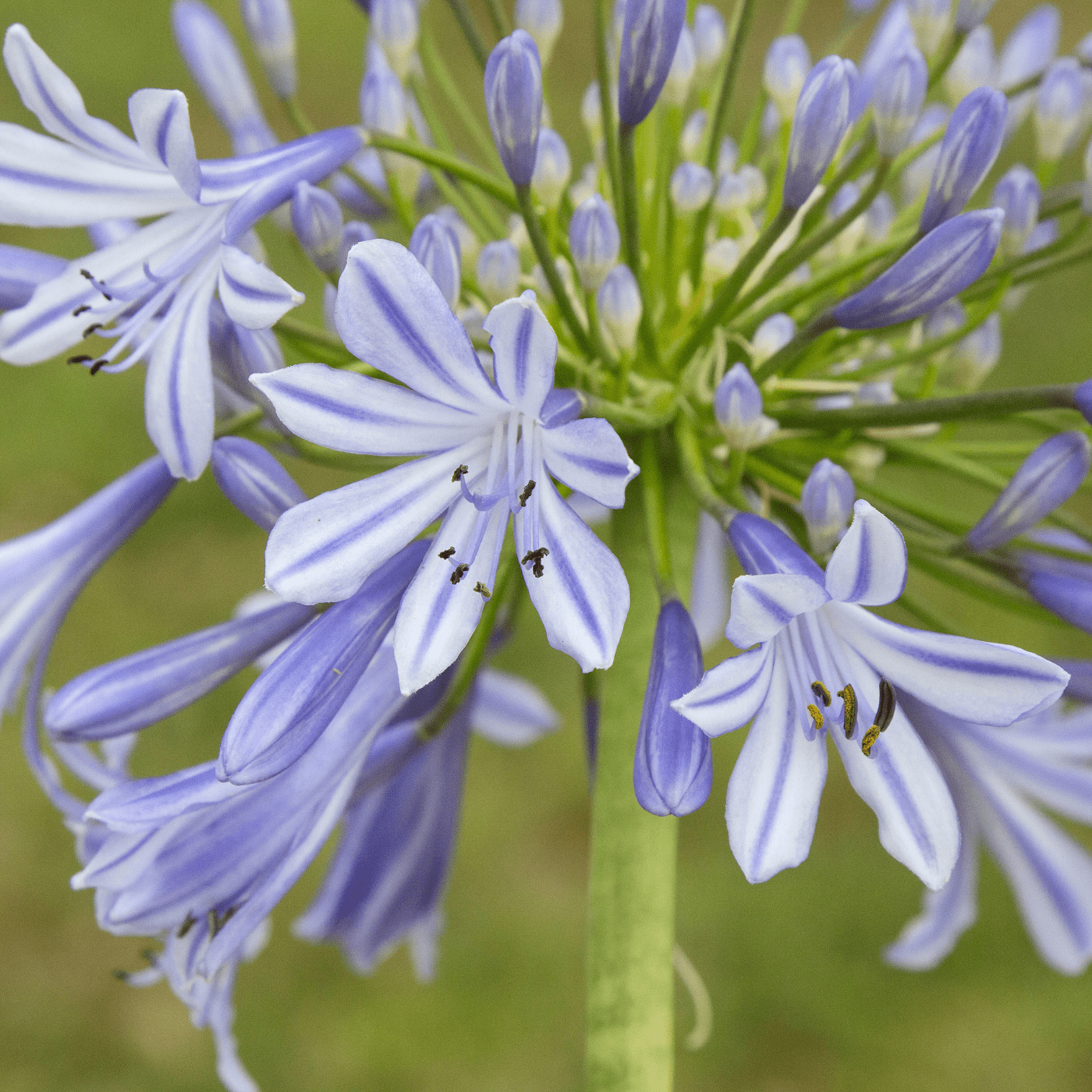
Design ideas with lily of the Nile
Lily of the Nile is a beautiful and versatile plant that can be used in many different garden designs. Whether you’re looking for a low-maintenance option or something more elaborate, lily of the Nile has plenty to offer.
For an easy, low-maintenance design, consider planting lilies of the Nile along a walkway or path. This will provide pops of color while still being easy to care for. You can also use them as edging plants around flower beds or borders for added interest and texture. For larger areas, try mass planting lilies of the Nile in clusters to create a stunning display that will last all season long.
If you’re looking for something more intricate, consider adding companion plants such as ornamental grasses or annuals like petunias and marigolds to your design. These plants will add texture and contrast while complementing the bright blue Agapanthus perfectly. You could also mix in some perennials like daylilies or hostas for year-round interest and structure in your garden bed.
Consider using them as ground cover beneath trees or shrubs where they won’t get too much direct sunlight but still have enough room to spread out their foliage and blooms without competing with other plants nearby. Or if you have an area near water features such as ponds or streams, these flowers make excellent additions due to their love for moist soil conditions – just make sure they don’t get too wet.
Pests and disease
Lily of the Nile is susceptible to a variety of pests, including aphids, mealybugs, and thrips. To prevent infestations, regularly inspect your plants for signs of pests such as white cottony masses or yellow spots on leaves. If you do find any pests on your lilies, use an insecticidal soap or neem oil to treat them. Be sure to carefully follow the instructions on the product label and take extra care when spraying near other plants in your garden.
If disease does occur despite these precautions, then immediately prune away affected parts and dispose of them safely away from other plants in your garden. Treat with an organic fungicide according to the manufacturer’s instructions.
FAQs about growing lily of the Nile
Where should I plant lily of the Nile?
It should be planted in an area that receives at least 6 hours of direct sunlight each day, preferably in the morning sun. When planting, dig a hole twice as wide as the root ball and mix some compost into the existing soil before backfilling. Water thoroughly after planting and keep moist during its first growing season to ensure it establishes itself properly. With proper care, lilies of the Nile will bring beauty to your garden for years to come.
Does Lily of the Nile spread?
Yes, Lily of the Nile (Agapanthus) can spread in certain conditions. It grows from underground rhizomes and will form clumps over time if given enough space. In warmer climates it can become invasive, so be sure to keep an eye on its growth rate and prune or divide as needed. Additionally, deadheading spent blooms helps prevent unwanted spreading by seed. With proper care and maintenance, this beautiful flower can be enjoyed for many years without becoming a nuisance in your garden.
Before you go…
With its easy care requirements and low maintenance needs, it’s an ideal choice for busy homeowners who want to create a stunning outdoor space without having to be gardening experts. Whether you’re looking for a pop of color in your flower beds or want to create an eye-catching container garden, the lily of the Nile is sure to bring joy into your life!


